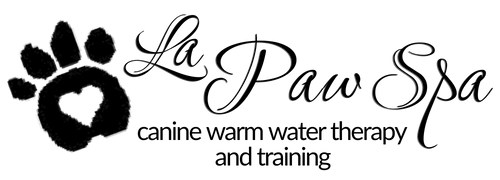As our dogs age, a common scenario is the loss of mobility. Often the hind legs begin to deteriorate first, due to disease, injury or simply because our friend is getting on in years. The front legs can also begin to lose their ability over time as well.
All the while the dog frequently remains otherwise healthy and alert.
Our Pembroke Welsh Corgi Guido brought us to exactly that situation as he developed and progressed through degenerative myelopathy.
If you’re looking ahead to a time where your canine pal may suffer from partial or major mobility issues, here are some tips we picked up along our journey.
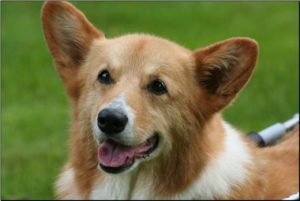
Maintain an appropriate level of activity. Your dog may not be able to do everything he or she once could, but that doesn’t mean that they can do nothing. Find activities that he can still enjoy. Guido still loves biting at the hose, but he also still likes riding in his buggy and meeting people. (He’ll complain if they fail to pet him :-). Even bed-based activities like barking at the vacuum cleaner attachment he used to chase can be fun for both of you. Be it exercise in a cart, warm water therapy, even a modified play time while in a bed, activity is key to maintaining both your dog’s physical and mental health.
If you decide to get a cart, consider getting it before your dog absolutely needs it. Some dogs adapt quickly, others not so much. It took Guido a full six months to accept the cart as something that was worth using. It was very helpful, and much less frustrating for all, that he could still move around without it; that allowed us to take a much more casual and less stressful pace.
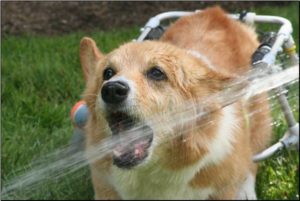
Become comfortable with incontinence. I know it sounds silly, but I know it’s a barrier for some. I’ve learned to express Guido’s bladder as well as bowels. Finding and knowing how much to press the bladder can be a little difficult to get the hang of. Getting used to bowel assistance is mostly a mental thing but can go a long way to avoiding constipation or just generally keeping your dog more comfortable. The dog won’t mind, trust me on this. 🙂 A good veterinarian will be more than happy to give you some pointers.
Keep your dog clean. As mobility decreases so do the dogs ability to clean themselves; and that’s on top of the whole incontinence thing. Urine burns are to be avoided, for example, as is accumulated or dried-on poop. Sometimes that’s a quick wash, sometimes it’s a targeted shave. Staying on top of it is by far the best. Your dog may or may not appreciate the cleaning, but he or she will appreciate being clean.
As your dog becomes more and more immobile, watch for bed and pressure sores. Normally that simply means changing the dogs position, or making sure that they don’t spend all their time in one position, or leaning to one side. We regularly “rotate” Guido. In the middle of the night he’ll occasionally ask to be turned over.
Get to know your dogs skin. Skin problems are likely, I think, and the sooner you catch an issue, the better. We’ve discovered that Guido has developed allergies to certain foods in recent years, which manifests as skin issues. Remove the food and the skin improves. An immobile dog won’t show the normal signs of a skin problem, like scratching.
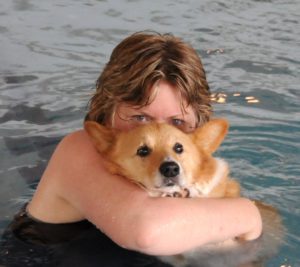
Watch for urinary tract infections (UTIs). Immobile dogs have a higher incidence of UTIs. The best defense is cleanliness and making sure your dog drinks enough. Speaking of which…
Hydrate. If your dog can no longer walk over to the water bowl when thirsty, it’ll be your role to make sure that fluids are made available. Guido, in particular, doesn’t like plain water, so we make sure to “flavor” some with a little bit of the juice from his canned dog food, and water him on a regular schedule.
Learn the signals your dog still has. I have learned that Guido whines for a reason. Sometimes, yes, it’s because he just wants attention. More often that not, though, it’s because he needs a change of position, or an opportunity to go to the bathroom. I try to pay attention.
Watch the weight. No mobility means no activity, and that means not nearly the same calorie burn which in turn means they don’t need nearly the same amount of food as when they were active. And an overweight dog is not a happy dog, no matter how much they’d like to convince you otherwise.
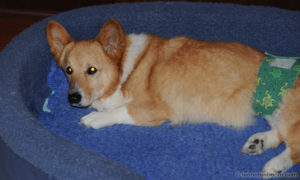
Watch YOUR back. Learn to lift properly, because it’s likely that you will be lifting. For Corgis, 20-30 pounds is right in that danger zone – light enough to lift, while still heavy enough to hurt big time if you do it wrong. Our nightmare scenario here is if *both* my wife and I develop back issues at the same time. So far we’ve been lucky – and yes, we’ve each had our turns at being “out of commission” for a day or two.
And finally: enjoy your time together. Mobility issues will naturally change the relationship with your pet, but it doesn’t have to be a completely sad or depressing thing. Being there with and for each other, working out creative solutions to life’s challenges, having fun and simply enjoying your dog is not only possible, but can be a very positive experience.
Your dog will sense this, and you’ll both be happier for it.
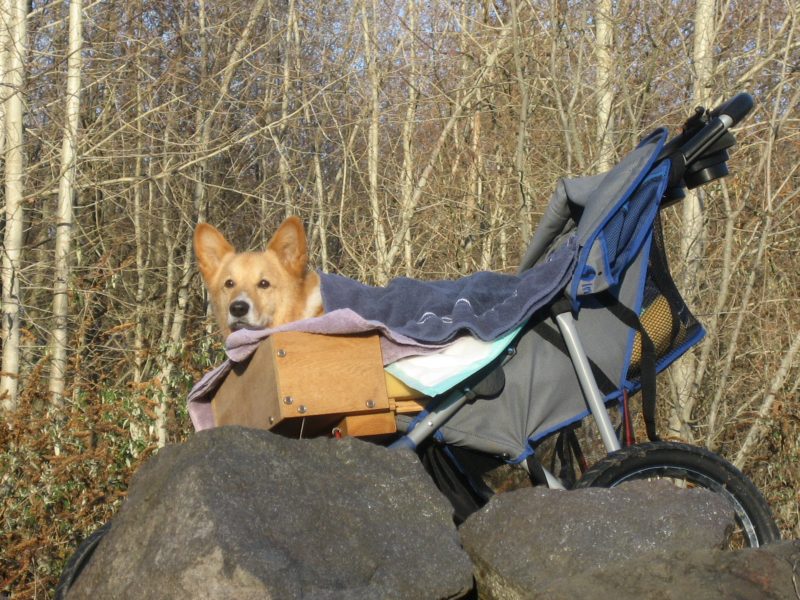
Leo A. Notenboom is a computer geek and the owner of Ask Leo! When not answering questions about computers, he’s also one of the moderators of the Corgi-L mailing list for Corgi owners, and a occasional poster to the Wheel Corgis Yahoo group for Corgi owners seeking assistance with mobility issues.
Article and images © 2008 Leo A. Notenboom – used with permission.
